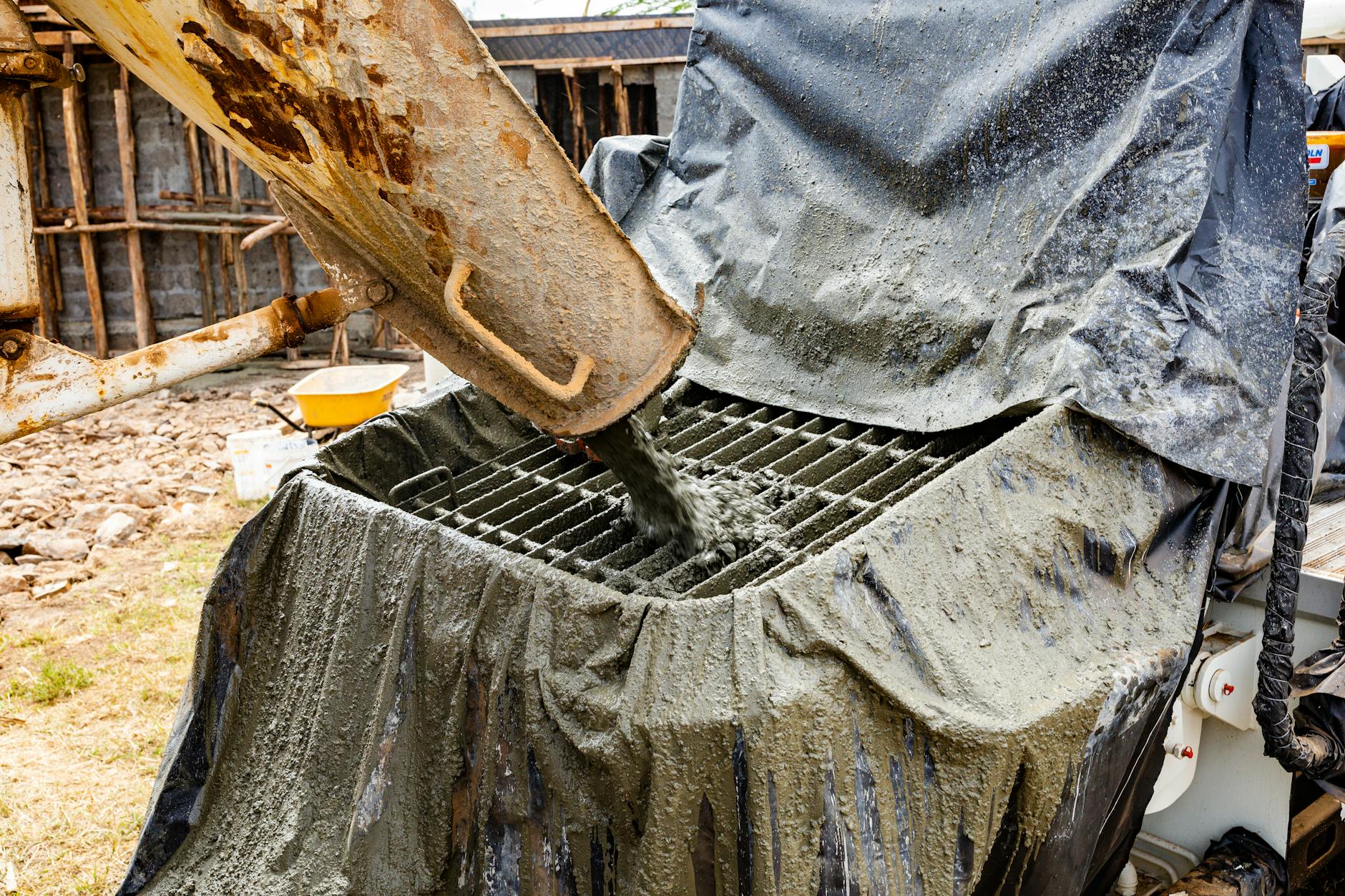
Concrete Pouring Safety Ebook: Hazards and Control Measures – Free Download
Introduction
Concrete pouring is a fundamental aspect of construction, but it comes with inherent risks. Ensuring safety during concrete pouring is not just about compliance but about fostering a culture of vigilance and proactive measures. Our free Concrete Pouring Safety Ebook, “Hazards and Control Measures,” is crafted to provide you with essential knowledge to maintain safety on the job. Let’s explore the valuable insights this comprehensive guide offers.
Chapter 1: Understanding Concrete Pouring Hazards
Common Hazards in Concrete Pouring
Concrete pouring involves multiple tasks that expose workers to various hazards. Recognizing these risks is the first step in mitigating them.
Physical Hazards
Physical hazards are the most apparent risks in concrete pouring. These include:
- Falls: From scaffolds, formwork, or elevated work areas.
- Struck-by Incidents: From machinery, falling objects, or formwork collapse.
- Cement Burns: Caused by prolonged skin contact with wet cement.
Chemical Hazards
Workers often deal with materials that emit harmful chemicals. These can include:
- Cement Dust: Can cause respiratory issues if inhaled.
- Chemical Additives: Some admixtures used in concrete can be hazardous.
Importance of Identifying Hazards
Identifying these hazards allows for the implementation of appropriate control measures, ensuring a safer working environment.
Chapter 2: Safety Measures and Precautions
Personal Protective Equipment (PPE)
Using PPE is a fundamental safety practice in concrete pouring.
Types of PPE for Concrete Workers
- Helmets: To protect against head injuries.
- Gloves: To safeguard hands from chemical burns and cuts.
- Safety Glasses: To shield eyes from dust and splashes.
- Ear Protection: To prevent hearing loss from loud machinery.
- Protective Clothing: To prevent skin contact with wet cement.
Safe Handling of Concrete and Equipment
Proper handling of concrete and equipment is crucial for safety.
Equipment Safety
- Inspection: Regularly check machinery and equipment for damage.
- Usage: Follow the manufacturer’s instructions.
- Storage: Store equipment properly to avoid accidents.
Material Handling Safety
- Lifting: Use proper lifting techniques to avoid back injuries.
- Transport: Use the right tools and equipment for moving heavy loads.
Chapter 3: Safe Work Practices
Proper Mixing Techniques
Mixing concrete involves potential risks. Here’s how to do it safely:
- Follow Instructions: Use the correct proportions of materials.
- Use Machines Properly: Operate mixing machines as per guidelines.
- Stay Clear: Keep a safe distance from rotating parts.
Safe Pouring Methods
Ensure safety during concrete pouring by:
- Stabilizing Formwork: Ensure formwork is secure and stable.
- Controlled Pouring: Pour concrete in a controlled manner to avoid splashing and overflow.
- Monitoring: Continuously monitor the site for potential hazards.
Site Preparation and Cleanup
Maintain a safe work environment by:
- Preparing the Site: Clear debris and obstacles before starting.
- Cleanup: Clean up spills and residues immediately to prevent slips and falls.
Chapter 4: Emergency Preparedness and Response
Importance of Emergency Plans
Having an emergency plan can save lives. It should include:
- Evacuation Routes: Clearly marked exits and escape paths.
- Communication: Procedures for alerting others in an emergency.
First Aid in Concrete Pouring
Quick response to injuries can prevent further harm. Your first aid kit should include:
- Bandages and Dressings: For cuts and wounds.
- Burn Creams: To treat cement burns.
- Eye Wash: For chemical exposures.
Fire Safety Measures
Concrete work sometimes involves flammable materials. Implement these fire safety tips:
- Fire Extinguishers: Accessible and regularly checked.
- No Smoking: Enforce a strict no-smoking policy in work areas.
- Safe Storage: Store flammable materials properly.
Chapter 5: Health and Ergonomics in Concrete Work
Preventing Musculoskeletal Disorders
Repetitive motions and heavy lifting can lead to musculoskeletal disorders. Prevent these by:
- Stretching Exercises: Regularly stretch to maintain flexibility.
- Proper Posture: Maintain good posture during work activities.
Ergonomic Tools and Workstations
Using ergonomic tools can reduce strain:
- Adjustable Workstations: Set up workstations to fit your body.
- Ergonomic Tools: Choose tools designed to reduce strain.
Chapter 6: Training and Education
Importance of Continuous Training
Staying updated with the latest safety practices is crucial.
Safety Training Programs for Concrete Workers
Enroll in programs that cover:
- Hazard Recognition: Learn to identify and mitigate risks.
- First Aid and CPR: Be prepared to handle emergencies.
Chapter 7: Legal Regulations and Standards
OSHA Standards for Concrete Pouring
Compliance with OSHA standards ensures a safer workplace.
Understanding Local Safety Regulations
Different regions have specific safety regulations. Stay informed about:
- Building Codes: Adhere to local construction codes.
- Workplace Safety Laws: Follow local laws to avoid penalties.
Conclusion
Safety in concrete pouring is not optional—it’s essential. By following the guidelines and measures outlined in our free Concrete Pouring Safety Ebook, you can create a safer working environment for yourself and your team. Don’t wait until an accident happens; download the ebook today and stay ahead in safety.
FAQs
What is the main focus of the Concrete Pouring Safety Ebook?
The ebook focuses on identifying common hazards in concrete pouring and providing effective control measures to ensure a safe working environment.
How can I access the free Concrete Pouring Safety Ebook?
You can download the ebook for free from our website. Just follow the link provided and fill in your details to get instant access.
Who should read this Concrete Pouring Safety Ebook?
This ebook is ideal for construction workers, safety managers, project managers, and anyone involved in concrete work.
What are some key safety tips mentioned in the Ebook?
Key tips include the use of PPE, proper handling of materials, maintaining a clean work environment, and having an emergency response plan.
Why is continuous training important in concrete pouring safety?
Continuous training ensures that workers stay updated with the latest safety practices and regulations, reducing the risk of accidents and injuries.
























